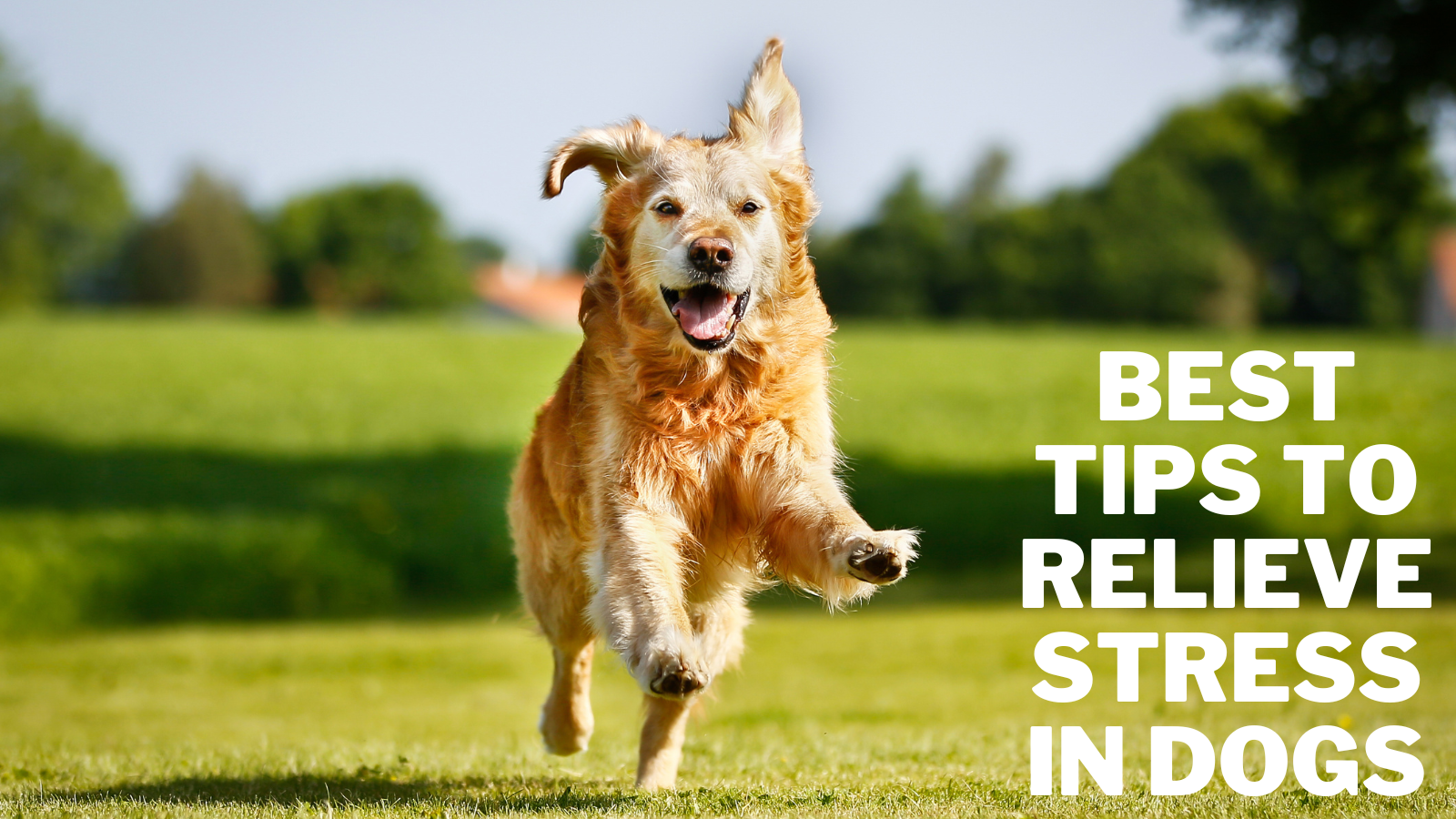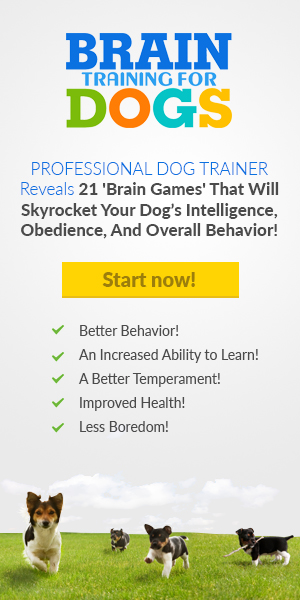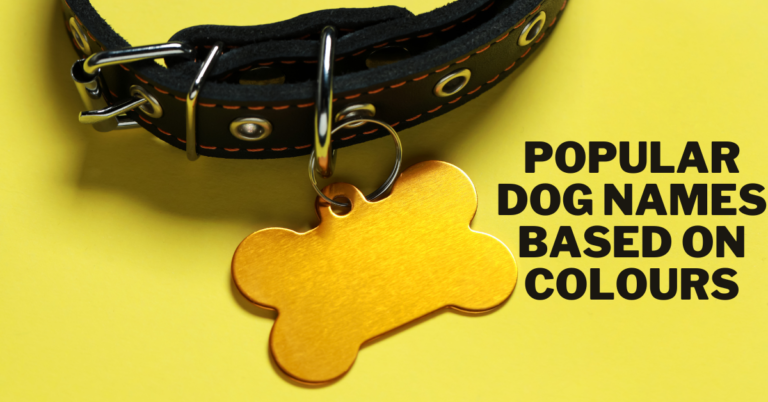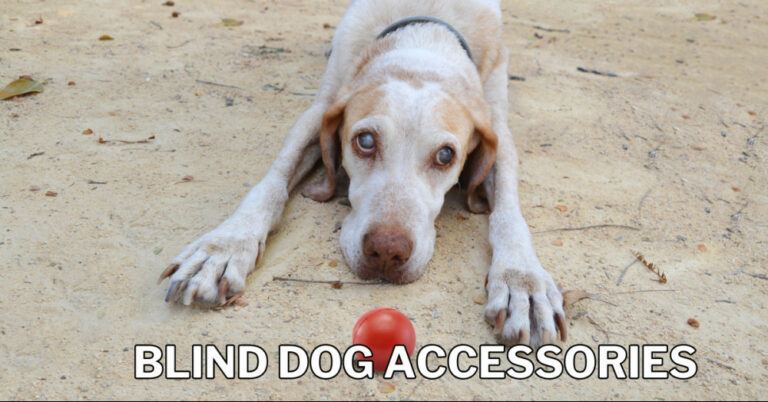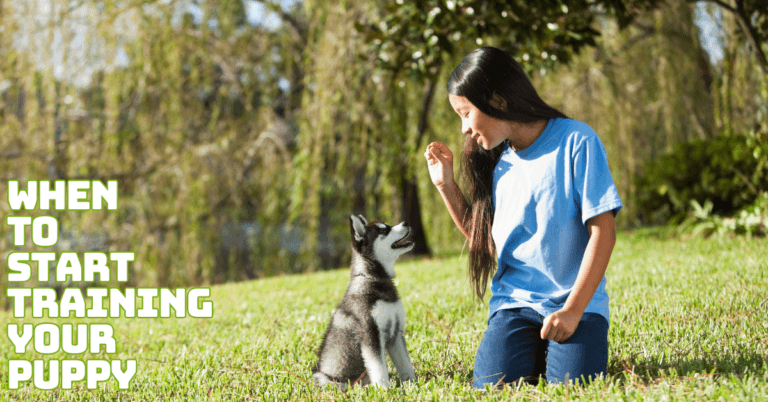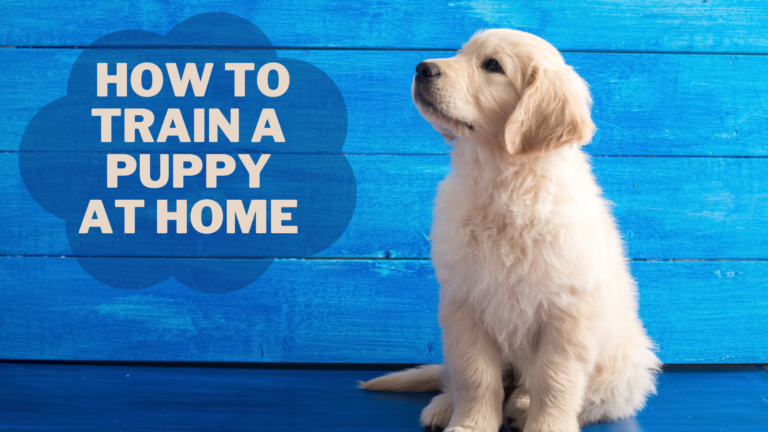Best Tips To Relieve Stress In Dogs
Best Tips To Relieve Stress In Dogs
Dogs are wonderful companions and beloved members of many families. However, just like humans, dogs can experience stress and anxiety.
Whether due to changes in their environment, separation from their owners, or unfamiliar situations, it's important to recognize your furry friend's signs of stress and take steps to alleviate it.
This blog post will explore helpful tips for relieving dog stress and improving overall well-being.
Understanding your dog's needs and providing the proper care and attention can help them feel happier and more relaxed daily.
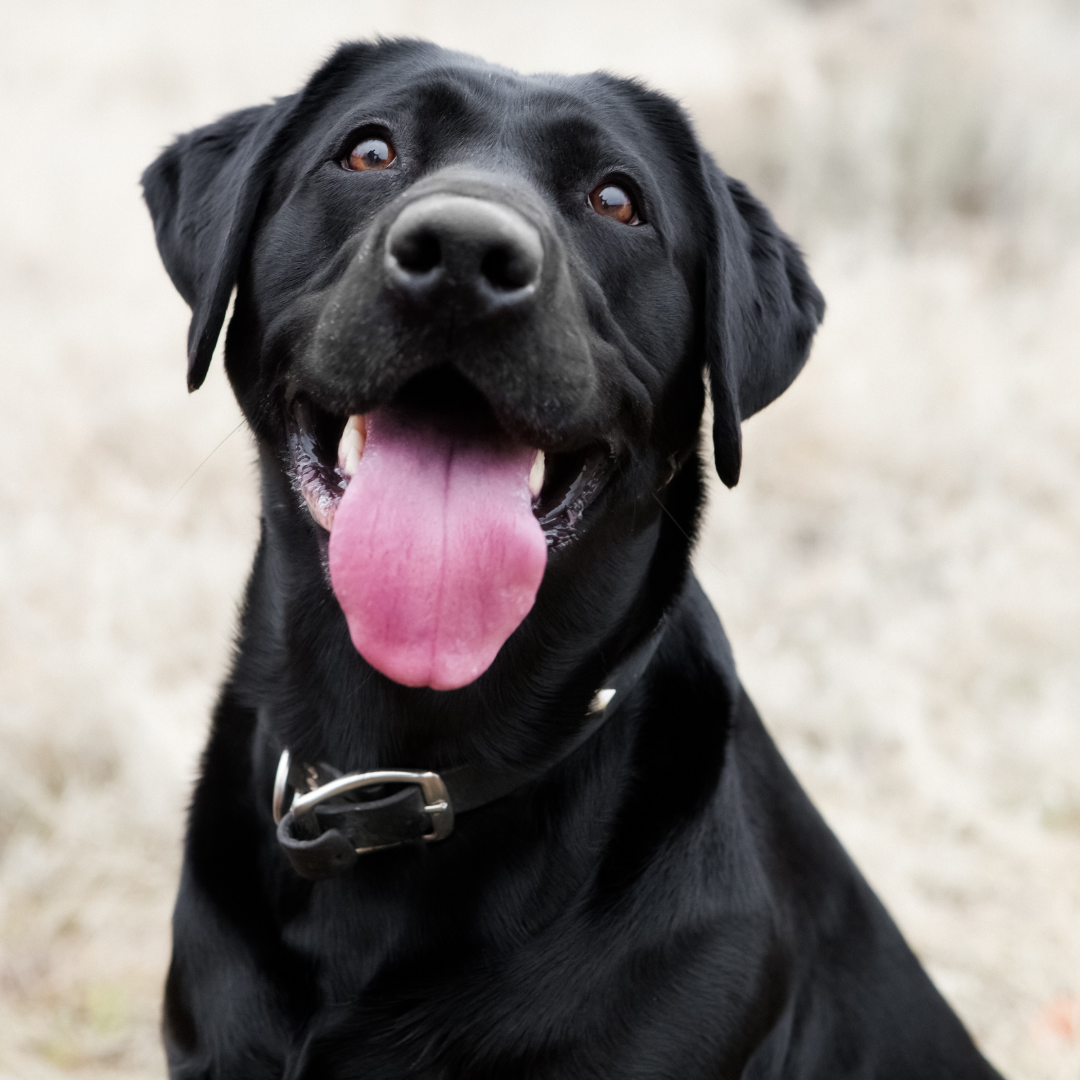
What Is Stress In Dogs?
Dog stress is a physiological and emotional response to challenging or threatening situations.
Just like humans, dogs can experience stress due to various factors, such as changes in their environment, separation from their owners, and unfamiliar situations.
Dogs can also experience stress due to physical discomfort, illness, fear of specific objects or noises, lack of exercise, and boredom.

Symptoms Of Stress In Dogs
Dogs can experience stress just like humans, and it can manifest in various ways. Here are some common symptoms of stress in dogs.
1. Changes In Appetite
Stress can significantly impact a dog's appetite, causing them to lose interest in food or eat less than usual.
This can be a cause for concern, as it can lead to weight loss and malnourishment if left unchecked.
When a dog is stressed, its body goes into “fight or flight” mode, which can decrease its appetite.
This is because the body is focused on survival and does not prioritize eating during stress. Stress can also cause digestive issues, such as nausea and vomiting, further contributing to losing appetite.

2. Excessive Barking Or Howling
Excessive barking or howling can indicate a dog is anxious or stressed. When stressed, dogs may vocalize more than usual to communicate their distress or try to self-soothe.
This behaviour can disrupt the household and may indicate that the dog is not getting the support and care they need.
There are various reasons why dogs bark excessively when stressed. They may be trying to alert their owner to a perceived threat or to demand attention.
They may also be trying to express frustration or boredom. In some cases, excessive barking or howling may be a symptom of separation anxiety, a common cause of stress in dogs.
3. Hiding Or Avoiding Contact
When stressed or anxious, a dog may exhibit behaviours such as hiding, avoiding contact with people or other dogs, or seeking isolation.
These behaviours can indicate that the dog is feeling overwhelmed and looking for a way to cope with stress.
There are several reasons why a dog may seek isolation when they are stressed. For example, they may try to avoid a stressful situation or feel threatened by other animals or people.
They may also feel overwhelmed by too much stimulation, such as loud noises or unfamiliar surroundings.

4. Destructive Behaviour
Destructive behaviour is a common sign that a dog feels anxious or stressed. When dogs feel overwhelmed or under-stimulated, they may behave like chewing on furniture, shoes, or other objects.
This behaviour can be frustrating for owners and dangerous for dogs if they ingest something unsafe.
There are several reasons why a dog may engage in destructive behaviour when they are stressed.
For example, they may be trying to release pent-up energy or seeking attention from their owner. They may also be experiencing separation anxiety, which can cause them to act out when left alone.
5. Panting Or Shaking
Panting heavily or shaking are common signs of a dog feeling stressed or anxious. When dogs are stressed, their bodies go into “fight or flight” mode.
This can cause them to pant heavily to regulate their body temperature and release stress. Shaking may also be a way for the dog to release tension or to try to self-soothe.
There are several reasons why a dog may pant heavily or shake when stressed. For example, it may feel scared or overwhelmed by a new or unfamiliar environment or situation.
It may also be experiencing separation anxiety, which can cause it to become stressed when left alone.
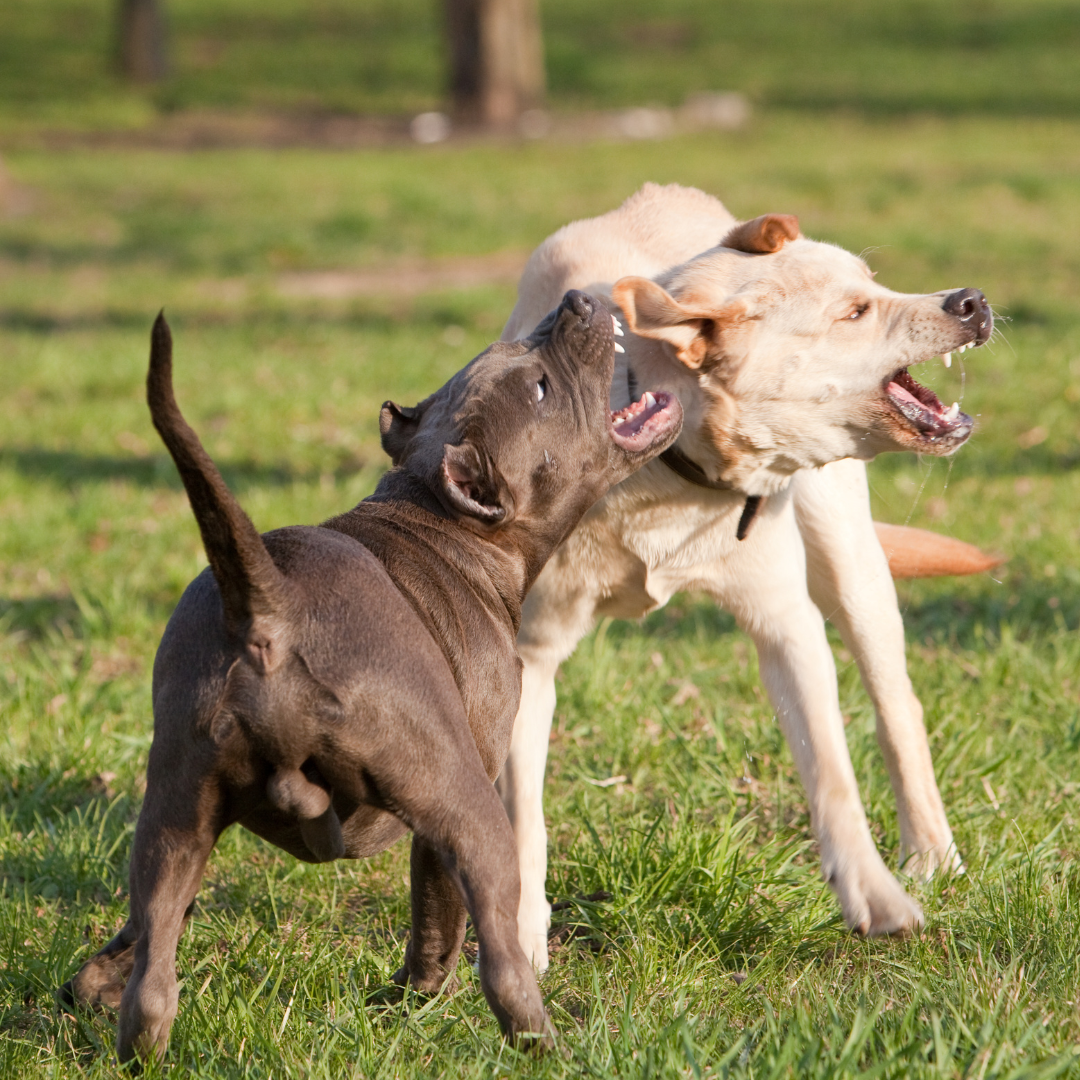
6. Aggression
Aggression is a common sign that a dog feels stressed or anxious. When dogs are stressed, they may become defensive or feel threatened, which can cause them to lash out at other animals or people.
This can be dangerous for the dog and those around them and should be addressed immediately.
There are several reasons why a dog may become aggressive when they are stressed. For example, they may feel scared or threatened by a new or unfamiliar environment or situation.
They may also be experiencing pain or discomfort, which can cause them to become irritable and reactive.

7. Inappropriate Urination Or Defecation
Inappropriate urination or defecation is a common sign of a dog feeling stressed or anxious.
When stressed, dogs may lose control of their bladder or bowel, which can cause them to urinate or defecate in inappropriate places, even if they are house-trained.
There are several reasons why a dog may exhibit this behaviour when they are stressed. For example, they may be experiencing separation anxiety, which can cause them to become stressed and anxious when left alone.
They may also feel threatened or overwhelmed by a new or unfamiliar environment or situation.
8. Excessive Grooming
Excessive grooming is another common sign that a dog feels stressed or anxious. When stressed, dogs may engage in compulsive behaviours such as licking or chewing their fur excessively, leading to hair loss or skin irritation.
There are several reasons why a dog may engage in excessive grooming when they are stressed. For example, they may try to self-soothe or relieve anxiety through repetitive behaviour.
They may also be experiencing skin irritation or allergies, which can cause them to engage in excessive grooming.

Tips To Relieve Stress In Dogs
Dogs can experience stress for various reasons, and as a pet owner, it's important to recognize the signs and take steps to alleviate their anxiety.
Here, I’ve shared some tips to relieve dog stress:
1. Regular Exercise
Regular exercise is essential to maintaining your dog's physical and mental well-being. Like humans, dogs need regular exercise to maintain their health and happiness.
Exercise helps to reduce stress and anxiety, which can lead to destructive behaviours and other health problems.
One of the most common forms of exercise for dogs is walking. Depending on their breed and size, dogs should be taken for a walk at least once daily.
A brisk walk is an excellent way to provide your dog with physical exercise and mental stimulation.
During the walk, your dog can explore new sights, smells, and sounds, which can be stimulating and enriching.
Running or jogging is another great form of exercise for dogs. This type of exercise is ideal for high-energy dogs, such as sporting breeds or working dogs.
However, gradually increasing the amount of running or jogging your dog is important to prevent injury or strain.
Regularly visiting a dog park is another way of exercising your dog. This way, your dog can interact and play with other dogs. My dog loves to go to the dog parks.
Playtime is also a great way to exercise your dog. Playing fetch, tug-of-war, or other games can stimulate your dog physically and mentally.
These games also help strengthen the bond between you and your dog, which can lead to a happier, healthier relationship.
In addition to reducing stress and anxiety, regular exercise has many other benefits for dogs. It can help to maintain a healthy weight, improve cardiovascular health, and prevent or manage many common health conditions, such as arthritis and diabetes.
2. Create A Safe And Comfortable Space
Dogs need a safe and comfortable space to retreat when they feel stressed, anxious, or overwhelmed.
Having their own space can help them feel more secure and relaxed in their environment, which is essential for their well-being.
Choosing the right location is important when creating a safe and comfortable space for your dog.
This should be a quiet area of your home that is away from loud noises and distractions. Make sure the space is well-ventilated and has enough natural light.
If your dog experiences anxiety or stress, consider using calming aids, like pheromone diffusers or natural remedies.
You can also add entertainment to their space, like toys or chews, to keep them mentally stimulated and occupied.
Encourage your dog to use its space by using positive reinforcement. When they enter their space, reward them with treats, praise, or toys.
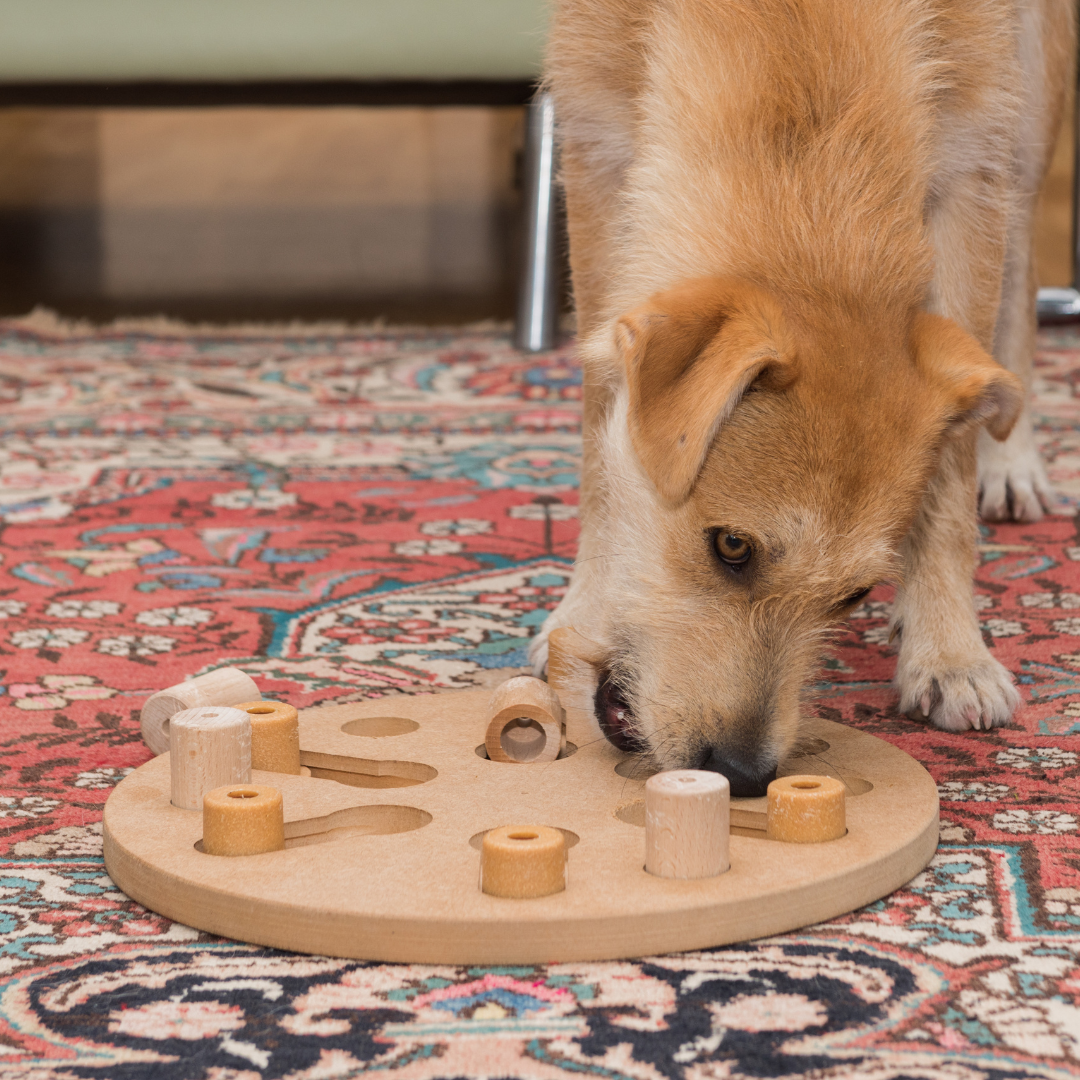
3. Provide Mental Stimulation
It is important for your dog's overall health and well-being. Bored, under-stimulated dogs can become anxious, destructive, and even develop behavioural issues.
One way to stimulate your dog mentally is through interactive toys and games. Puzzle toys and treat dispensers can keep your dog mentally engaged and occupied as it figures out how to get the treat or toy out of it.
Interactive games, like fetch or hide-and-seek, can also be a fun and mentally stimulating way to spend time with your dog.
These games encourage your dog to use their problem-solving skills and can help improve their physical health.
When providing mental stimulation for your dog, monitoring their behaviour and adjusting their activities is important.
Some dogs may become overstimulated or frustrated if a toy is too difficult or if they ask to perform a task that is too challenging. Finding the right balance of mental stimulation and relaxation for your dog is important.
4. Consistency
Dogs are creatures of habit and thrive on routine. Consistency in their daily activities, such as feeding and exercise, can help reduce stress and anxiety in dogs.
It's important to establish a consistent feeding schedule and stick to it when it comes to feeding.
Dogs should be fed at the same time each day and in the same location. This helps your dog feel secure and provides them with a predictable routine.
Exercise is also an important part of a dog's daily routine. Regular exercise not only helps keep your dog physically healthy, but it can also provide mental stimulation and help reduce stress.
Establish a consistent exercise routine, whether a daily walk, playtime in the backyard, or a game of fetch.
In addition to feeding and exercise, daily activities should also be consistent. For example, your dog's bedtime routine should be the same each night. This can include a walk, playtime, and a final potty break before settling in for the night.
Changing your dog's routine can be stressful, so it's important to maintain consistency as much as possible.
If you need to change your routine, try to do so gradually and provide plenty of positive reinforcement during the transition period.
5. Socialization
Socialization is important to a dog's development and overall well-being. It involves exposing your dog to various experiences, people, and animals in a positive and controlled manner.
Early socialization is particularly important for puppies during the critical period of 3-14 weeks of age.
During this time, they are more open to new experiences and less likely to develop fear or anxiety toward new situations.
Socialization helps dogs develop confidence and the ability to cope with new situations. It can also help prevent fear and aggression towards unfamiliar people or animals.
Exposing your dog to new experiences and environments can be done through controlled outings and interactions.
Exposure to new sights, sounds, smells, and people can help your dog feel more comfortable in different situations.
Introducing your dog to other dogs can also be a positive socialization experience. Socializing with other dogs can help your dog develop social skills and learn appropriate play behaviour.
However, it's important to introduce dogs gradually and under controlled circumstances to ensure the safety and well-being of all dogs involved.
6. Calming Aids
Calming aids can help reduce stress in dogs and promote relaxation. These aids can be particularly useful for dogs that experience anxiety in certain situations, such as during thunderstorms, car rides, or visits to the vet.
One type of calming aid is pheromone sprays. These sprays contain synthetic versions of the pheromones that dogs naturally produce to communicate with each other.
They can be sprayed in your dog's environment, such as in their crate or bed, to create a calming atmosphere.
Another type of calming aid is calming collars. These collars contain natural calming agents, such as lavender or chamomile, to help soothe your dog and reduce stress.
Calming collars are typically worn around the neck and can provide continuous calming effects for several weeks.
Supplements are also available as calming aids for dogs. These supplements typically contain natural ingredients, such as chamomile or valerian root, that can help promote relaxation and reduce stress.
Some supplements also contain amino acids or vitamins that can support a healthy nervous system.
In addition to these aids, calming products such as jackets and wraps can give your dog a sense of security and comfort.
These products work by applying gentle pressure to your dog's body, which can help reduce stress and anxiety.
7. Seek Professional Help
Stress in dogs can lead to various physical and behavioural problems, including aggression, digestive issues, and skin problems.
If left untreated, it can also affect their overall quality of life and even shorten their lifespan. That's why seeking professional help is crucial if you notice signs of stress in your dog.
A veterinarian can evaluate your dog's physical health and rule out any underlying medical conditions that may be causing or contributing to its stress. They may also recommend medication or supplements to help manage their anxiety.
An animal behaviourist can provide a more in-depth analysis of your dog's behaviour and work with you to develop a behaviour modification plan to help them cope with stress.
This may involve desensitization and counter-conditioning techniques, training exercises, and changes to their environment and routine.
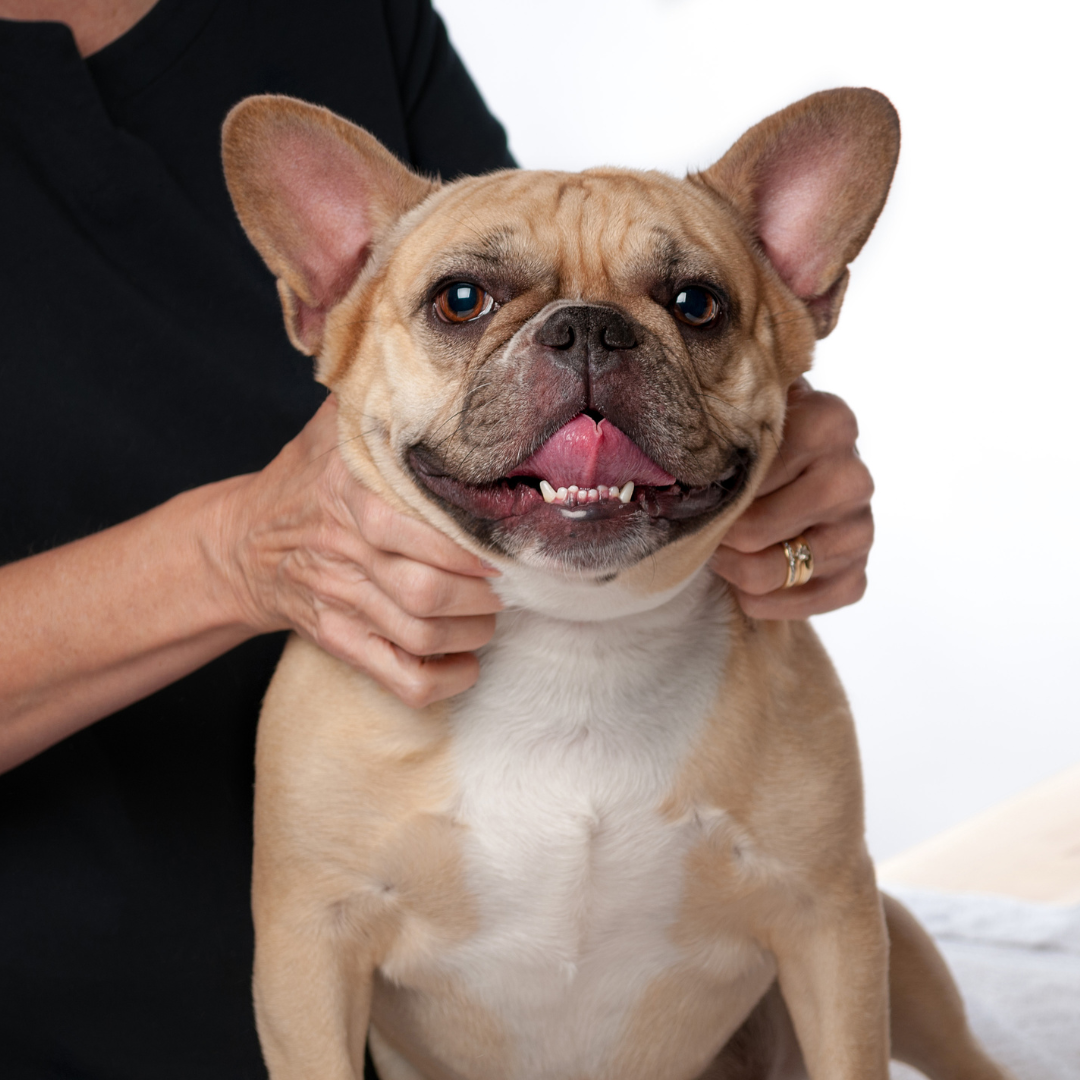
8. Massage
Massaging your dog can have several benefits beyond just promoting relaxation. It can also help increase circulation, reduce inflammation, and alleviate pain in dogs with arthritis or other joint conditions.
Additionally, massage can help improve range of motion and flexibility, which can be especially beneficial for senior dogs or dogs recovering from injuries.
When massaging your dog, it's important to use gentle, circular motions and avoid any tender or sore areas.
You can also use this time to bond with your dog and help them feel more comfortable.
9. Positive Reinforcement
Positive reinforcement is a training technique that rewards a dog for displaying desirable behaviour.
The rewards can include treats, praise, or toys, and they should be given immediately after the dog exhibits the desired behaviour.
This technique can be highly effective in reducing stress in dogs as it reinforces positive behaviours, which helps the dog feel more confident and secure.
When using positive reinforcement, it is important to reward your dog for calm and relaxed behaviour, such as lying down or sitting quietly, rather than just focusing on correcting unwanted behaviour.
This approach helps to create a positive association between good behaviour and rewards, which in turn helps to reduce stress.
Positive reinforcement can be used in various situations, such as during training sessions or when introducing your dog to new experiences.
For example, if your dog is anxious about meeting new people, you can use positive reinforcement to reward them for calm and relaxed behaviour when someone new is around.
10. Avoid Punishment
Punishing your dog can harm its well-being and contribute to stress and anxiety. Physical punishment, such as hitting or yelling, can cause fear and lead to aggressive behaviour.
Verbal punishment, such as scolding or ignoring, can also cause anxiety and decrease your dog's trust in you.
Instead of punishment, focusing on positive reinforcement techniques, which involve rewarding good behaviour with treats and praise, is important.
This approach helps to build a positive relationship between you and your dog and reinforces desirable behaviour.
When your dog displays undesirable behaviour, it is important to redirect their attention and behaviour rather than punishing them.
For example, if your dog is chewing on a shoe, you can turn their attention to a chew toy and reward them for chewing on the appropriate item.
11. Time-Outs
Sometimes, dogs can become overwhelmed or stressed in certain situations, and providing relaxation can be an effective way to help them calm down.
A breather involves removing your dog from the problem or environment that is causing them stress and giving them a break to relax and decompress.
To provide a time-out, take your dog to a quiet and comfortable space, such as a separate room or crate, and give them some alone time.
Ensuring the area is safe and free from potential stressors, such as loud noises or other pets, is important.
A time-out can be particularly useful if your dog displays undesirable behaviour, such as excessive barking or biting.
By removing them from the situation and providing a break, you can help them calm down and prevent the behaviour from escalating.

12. Herbal Remedies
Herbal remedies can be a natural and safe way to help promote relaxation and reduce stress in dogs.
Some of the most common herbal remedies used for dogs include chamomile, lavender, valerian root, and passionflower.
Chamomile is often used to promote relaxation and calmness in dogs. It can be given as tea or added to food as dried flowers or extracts.
Lavender is another herb commonly used to reduce stress and anxiety in dogs. It can be used as an essential oil or added to a dog's bathwater.
Valerian root is a natural sedative that can help dogs relax and reduce anxiety. It can be given as a supplement or added to food as a tincture or powder.
Passionflower is another herb that can help reduce stress in dogs. It is often used as a supplement or added to food as a tincture or powder.

Conclusion
It's important to recognize the signs of stress in dogs and take steps to alleviate it. Some ways to help your dog manage stress include
- Regular exercise
- Creating a calm environment
- Offering positive reinforcement training
- Considering natural supplements or medication in severe cases
Always consult a veterinarian if you're concerned about your dog's stress levels.
I trust you enjoyed this article on the Best Tips To Relieve Stress In Dogs. Please stay tuned for more blog posts to come soon.
JeannetteZ
>>>Please click here to read my article on A Full Overview Of Dogs And Their Activity<<<
>>>Brain Training For Dogs Review<<<
My #1 Dog Training Recommendation
Your Opinion Is Important To Me
Do you have thoughts, ideas, or questions? I would love to hear from you. Please leave me your questions, experiences, and remarks about this article on the Best Tips To Relieve Stress In Dogs in the comments section below. You can also email me at Jeannette@Close-To-Nature.org.
Disclosure
This post may contain affiliate links. I earn from qualifying purchases as an Amazon Associate and other affiliate programs. Please read my full affiliate disclosure.
You might also enjoy these blog posts:
15 Best Ways To Reduce Stress In Kids
15 Best Tips On How To Reduce Eye Stress
17 Best Tips On How To Reduce College Stress
14 Best Ways To Reduce Stress Of A Breakup
18 Best Ways To Reduce Financial Stress

